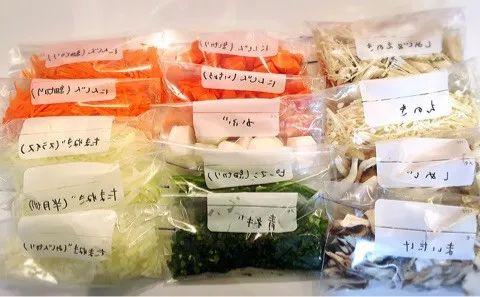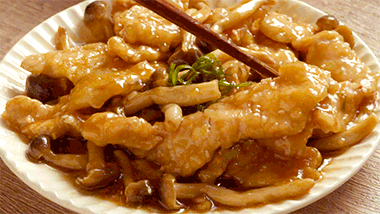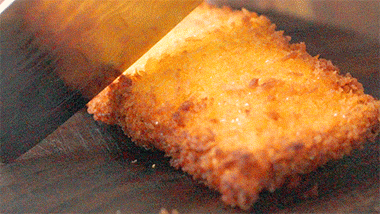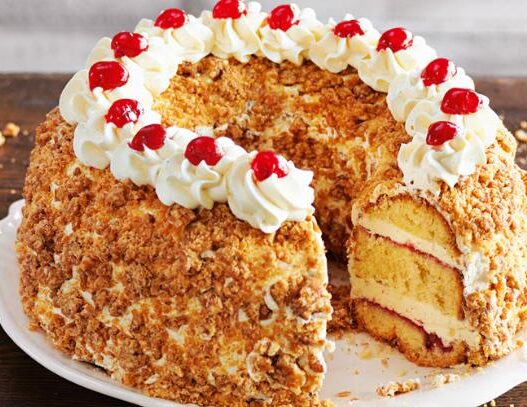How many of us avoid cooking because the thought of preparing all the ingredients feels too time-consuming? What if you could do all the prep work in just one go with meal prep? That’s right—spend a bit of time on the weekend getting everything ready, so you can easily whip up a meal during the week without the hassle. Meal prep helps you save time and avoid the stress of last-minute cooking.
The secret to mastering this time-saving trick is knowing the right way to handle and store your ingredients through meal prep. From vegetables to meat and fish, each type requires a specific approach. Here’s your ultimate guide to meal prep for 6 common vegetables, 2 types of meat, and 3 kinds of fish and shellfish. Next time, you can have dinner ready in just 10 minutes—no more ordering takeout!
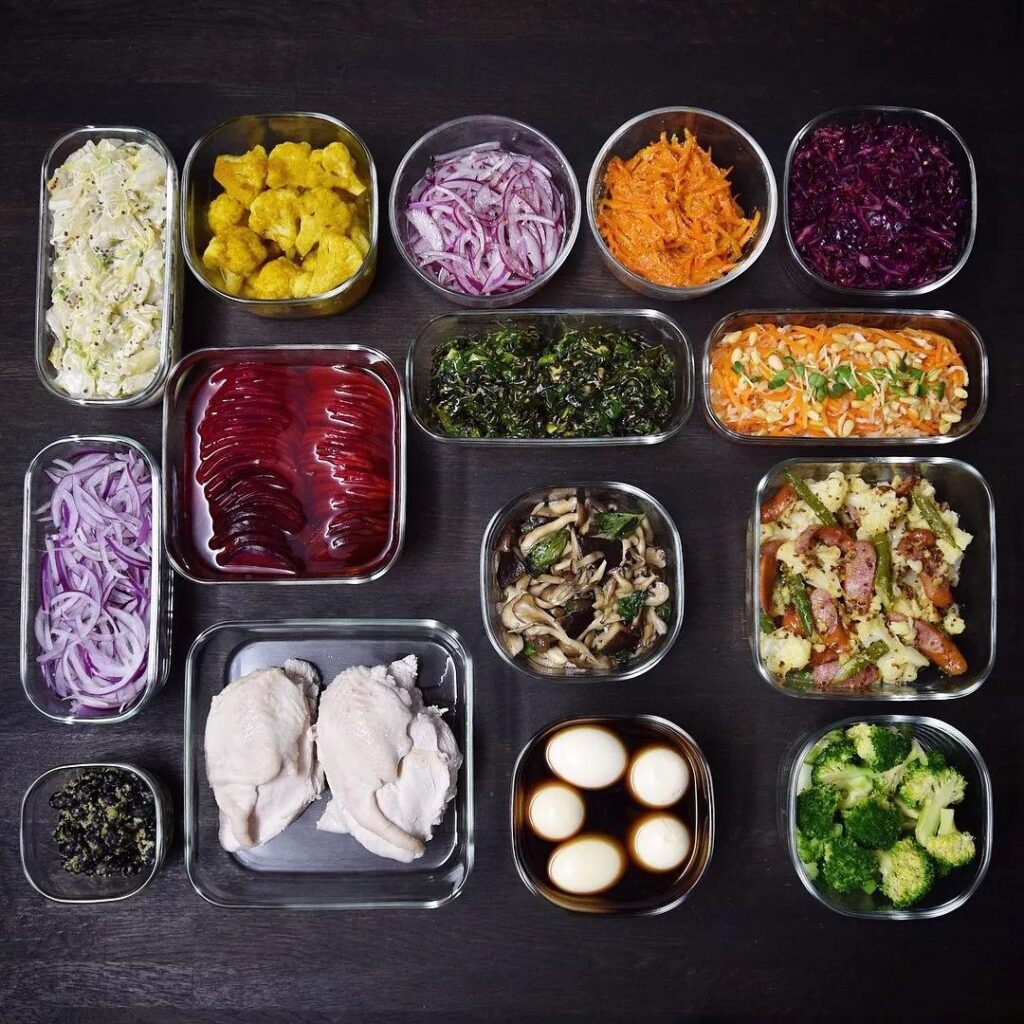
6 Common Vegetables: Prepping and Storing Tips
When prepping vegetables, the main goal is to remove inedible parts, wash them properly, and cut them in the right way depending on how you plan to cook them. Stir-frying and stewing, for example, require different sizes and cutting methods.
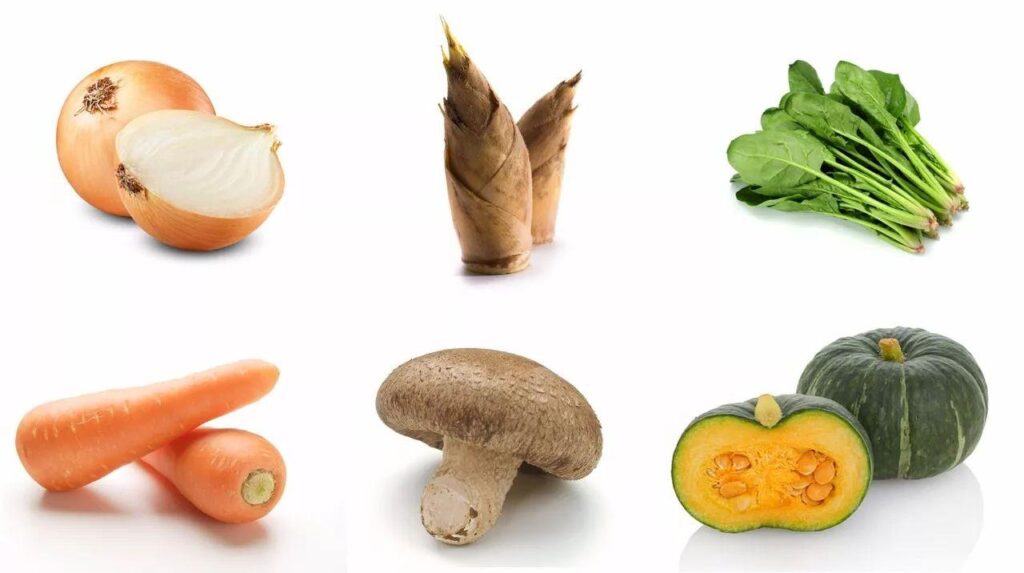
1. Carrots
The easiest way to prepare carrots is to peel them and cut them into slices or strips. If you want half-moons, simply cut the carrot in half first. For stews, you often cut them into chunks, while for stir-fries, you may prefer thinner slices or julienne strips. Cutting along the natural grain of the carrot ensures the best texture.
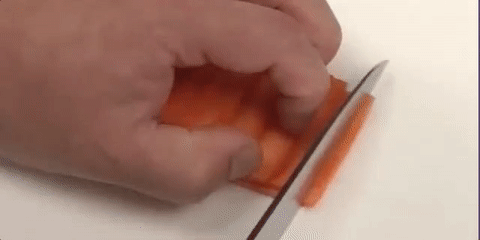
2. Onions
To slice onions, cut perpendicular to the grain to create thin, string-like pieces. This method reduces their sharpness, making them milder for raw dishes like salads. You can also slice parallel to the grain for a crunchier texture that holds up better during cooking. For dicing, cut along the grain first, then rotate and make perpendicular cuts.

3. Pumpkin
To prepare pumpkin, cut it near the stem, remove the seeds, and then decide on the cut based on your dish. For stews, slice the pumpkin into 3 cm cubes and trim the edges. If the pumpkin is too tough, microwave it for 2 minutes (500w) to make it easier to slice.
4. Mushrooms
Mushrooms require removing the root part, and if they grow in clusters (like enoki or king oyster), you can gently separate them by hand. For varieties like shiitake or portobello, slicing works best. Mushrooms are often best prepped by hand to maintain their texture.
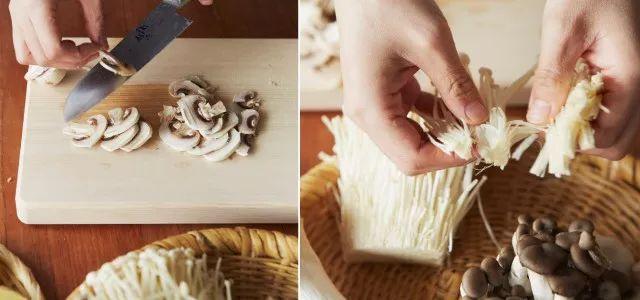
5. Bamboo Shoots
For bamboo shoots, remove the tough outer layers and boil them for about 40 minutes to remove any bitterness. After boiling, store them in the fridge with fresh water, changing the water daily to keep them fresh for up to three days.
6. Leafy Greens
Leafy greens should be cleaned by cutting an “X” at the base to remove dirt. Blanch them briefly and then freeze in small portions to preserve freshness for up to three weeks. Blanch with a little salt for 30 seconds, cool quickly, and then drain thoroughly before freezing.
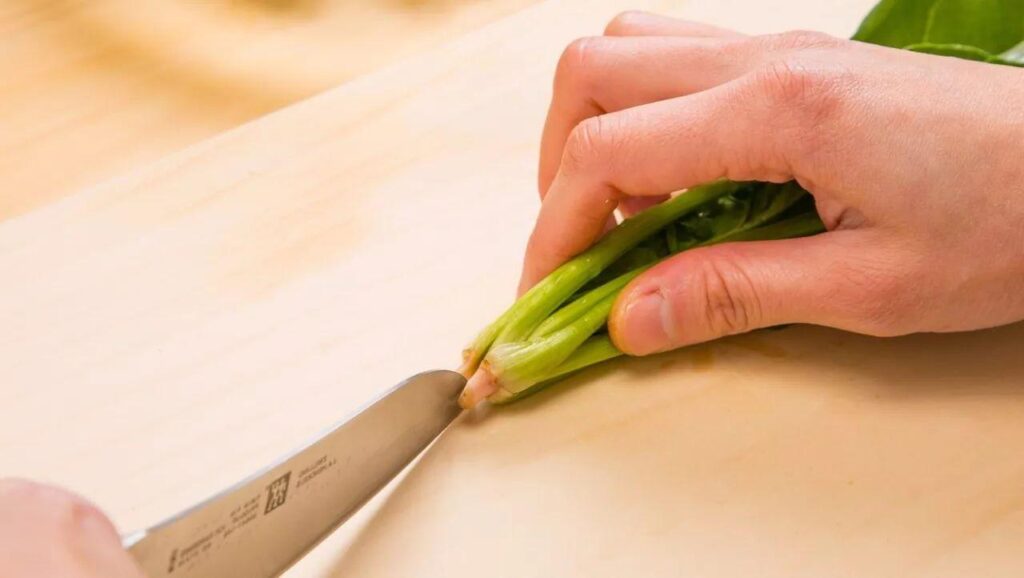
2 Common Meats: Prepping and Storing Tips
1. Chicken
Remove excess fat from the chicken, and pierce the skin with a fork to prevent shrinkage during cooking. For thick cuts like chicken breast, cut across the grain for a softer texture. After prepping, store the chicken in an airtight container or freeze for later. Marinating the chicken beforehand helps it absorb flavors better.
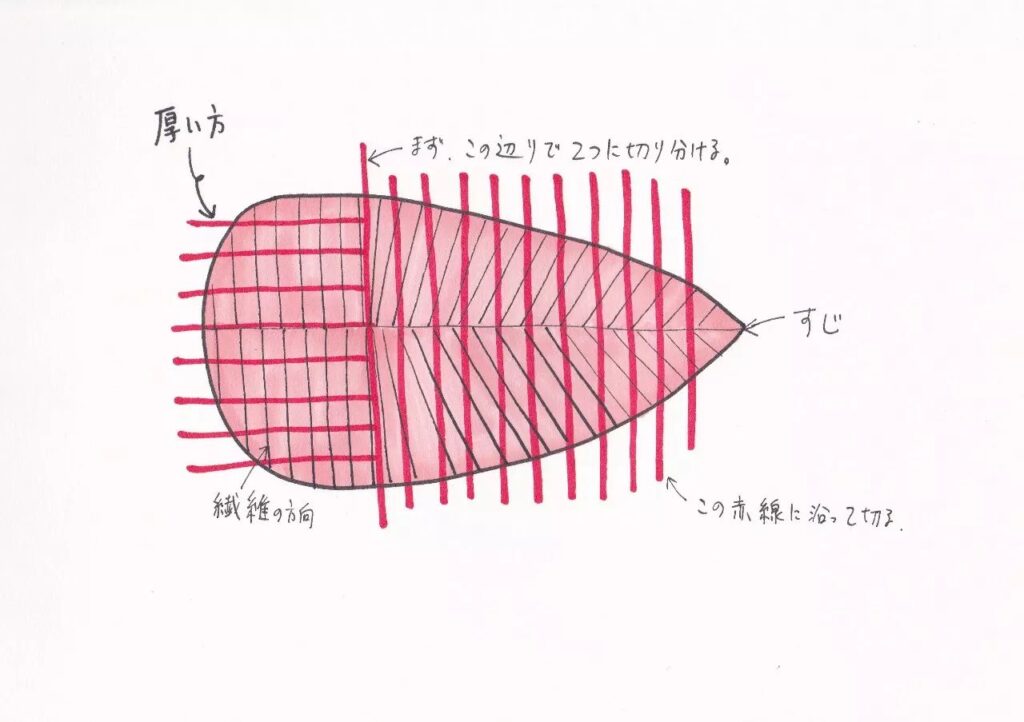

2. Pork
Before cutting pork, cut through any tough sinews to prevent shrinking. For thick cuts, it’s best to cut them at an angle to maintain tenderness. You can store pre-sliced pork in the fridge for up to 3-4 days, or freeze it for up to two weeks. Freezing pre-marinated pork will extend its shelf life.
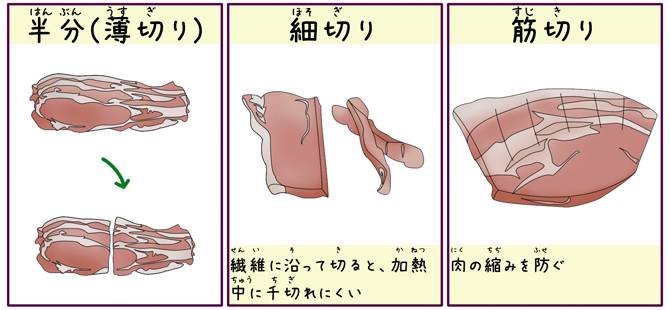
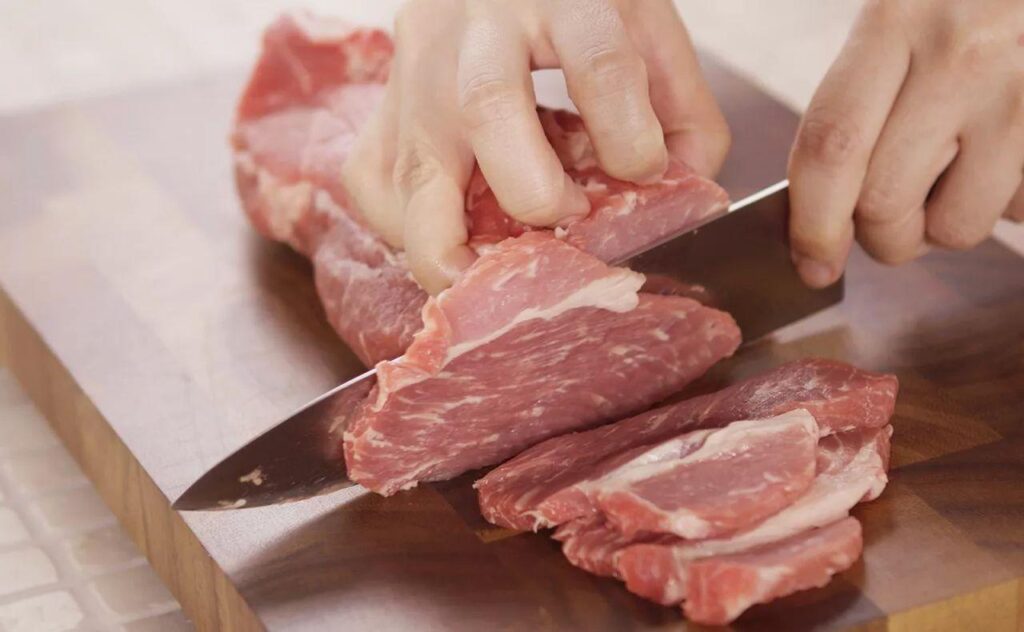
3 Fish and Shellfish: Prepping and Storing Tips
1. Fish
For fish like mackerel, start by scaling it from tail to head, then remove the fins. Slice the fish along the bone, remove the entrails, and rinse well. Store the cleaned fish in plastic wrap or zip-lock bags in the freezer. Avoid microwaving fish to thaw; instead, let it thaw in cold water.


2. Shellfish
Soak shellfish in salted water (10g salt / 300ml water) for a few hours to expel sand. Use aluminum foil to cover them while soaking to simulate their natural environment. After soaking, rinse thoroughly and store in the fridge for 2-3 days.

3. Shrimp
To prep shrimp, remove the shells and devein by cutting along the back with a knife or toothpick. After cleaning, you can freeze shrimp either raw or cooked. If you’re cooking them ahead of time, boil, cool, and store them in the freezer.
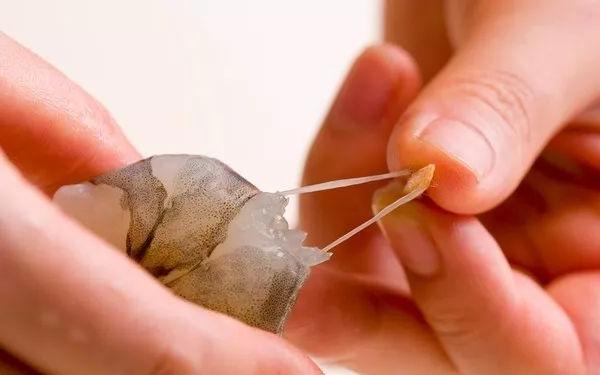
Final Thoughts: Save Time, Avoid Takeout
With these easy and quick techniques for prepping vegetables, meats, and fish, you can drastically cut down on cooking time. By prepping your ingredients in advance, you’ll always have what you need for a fast, delicious meal. Say goodbye to last-minute takeout!







